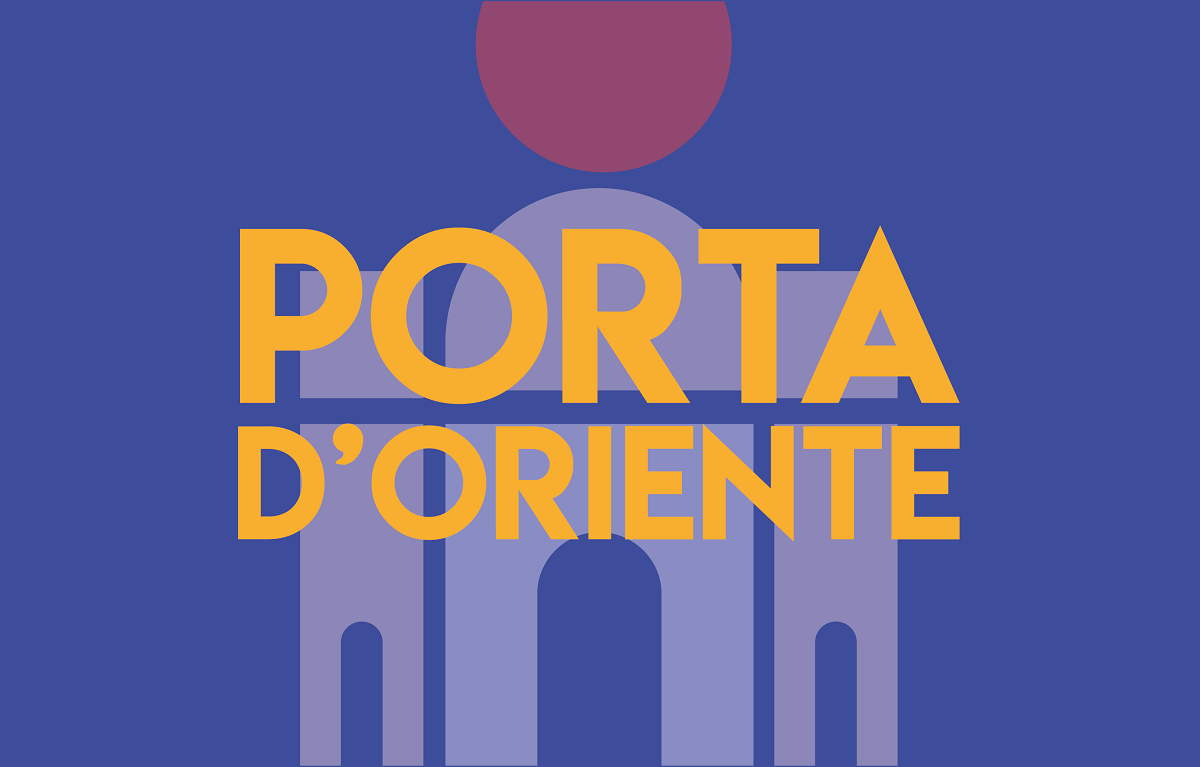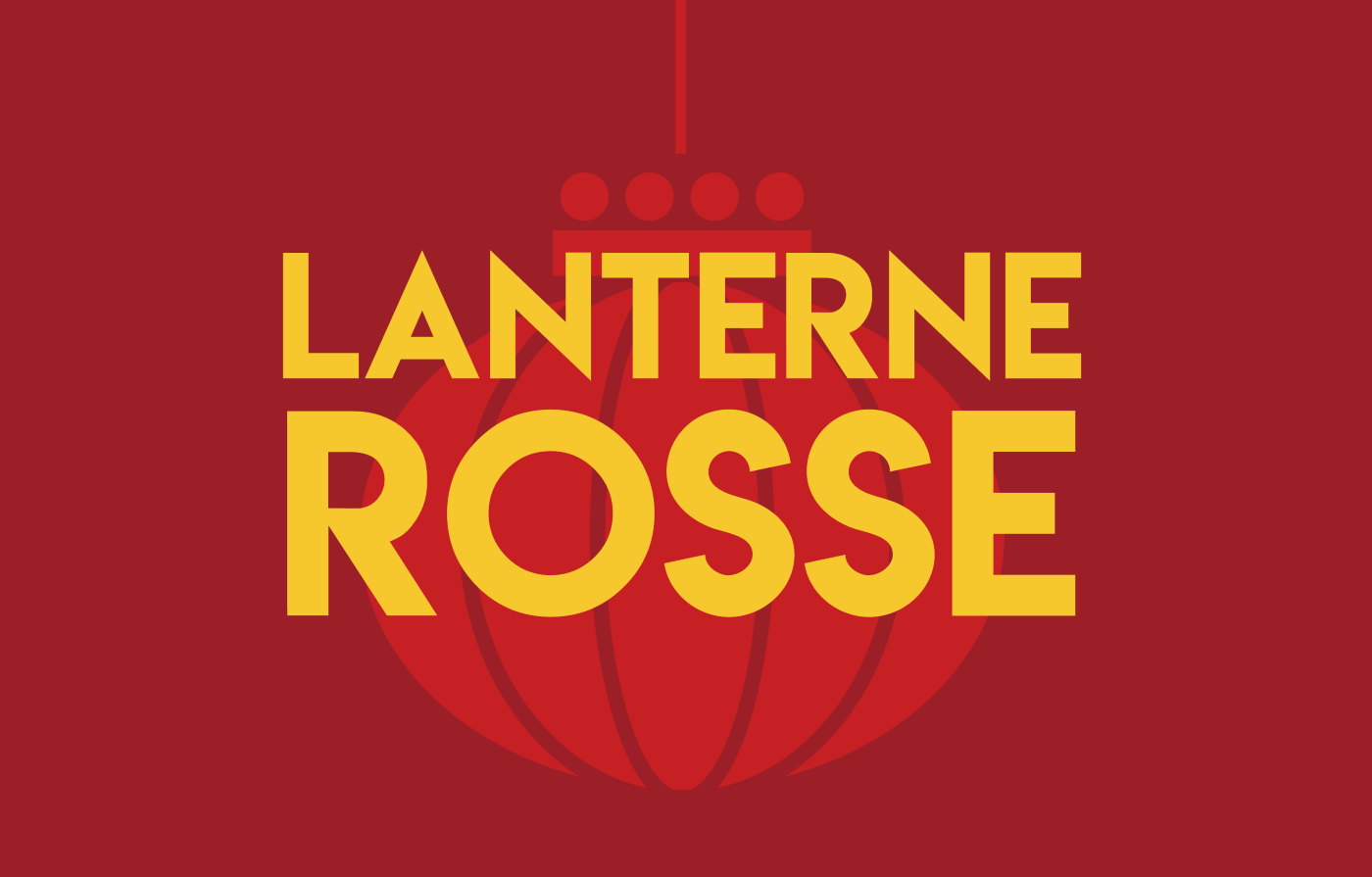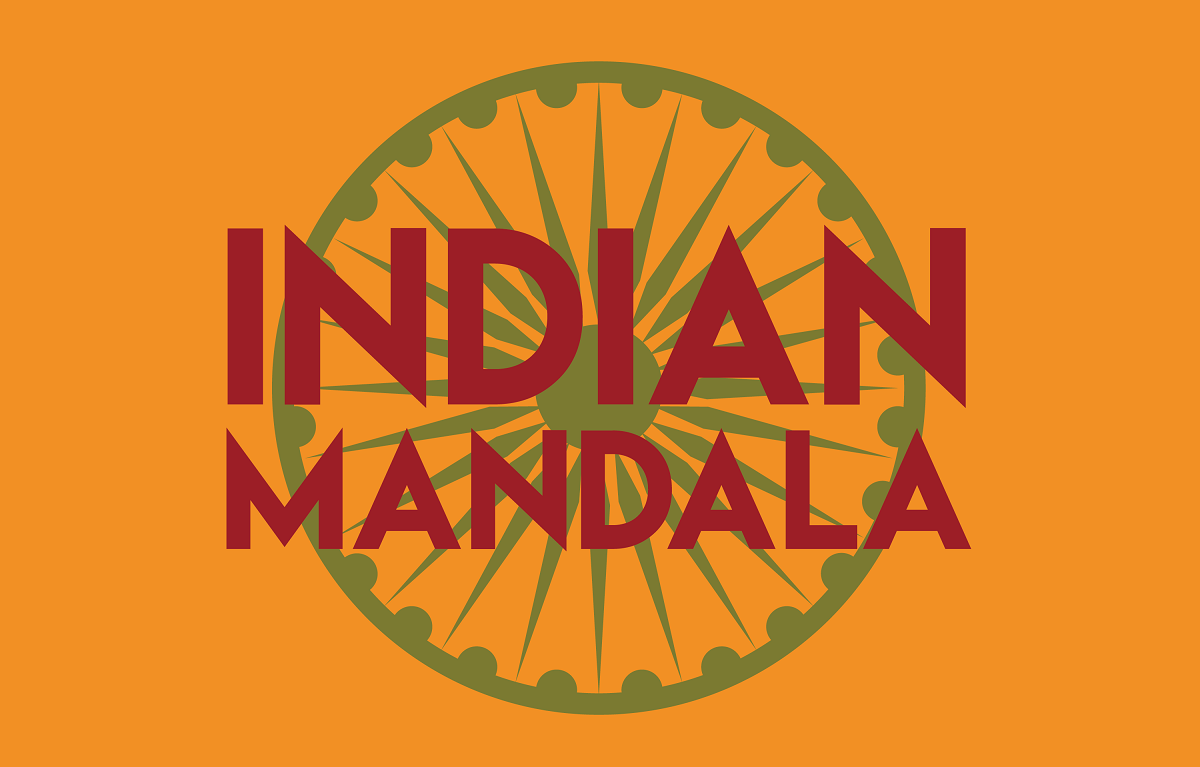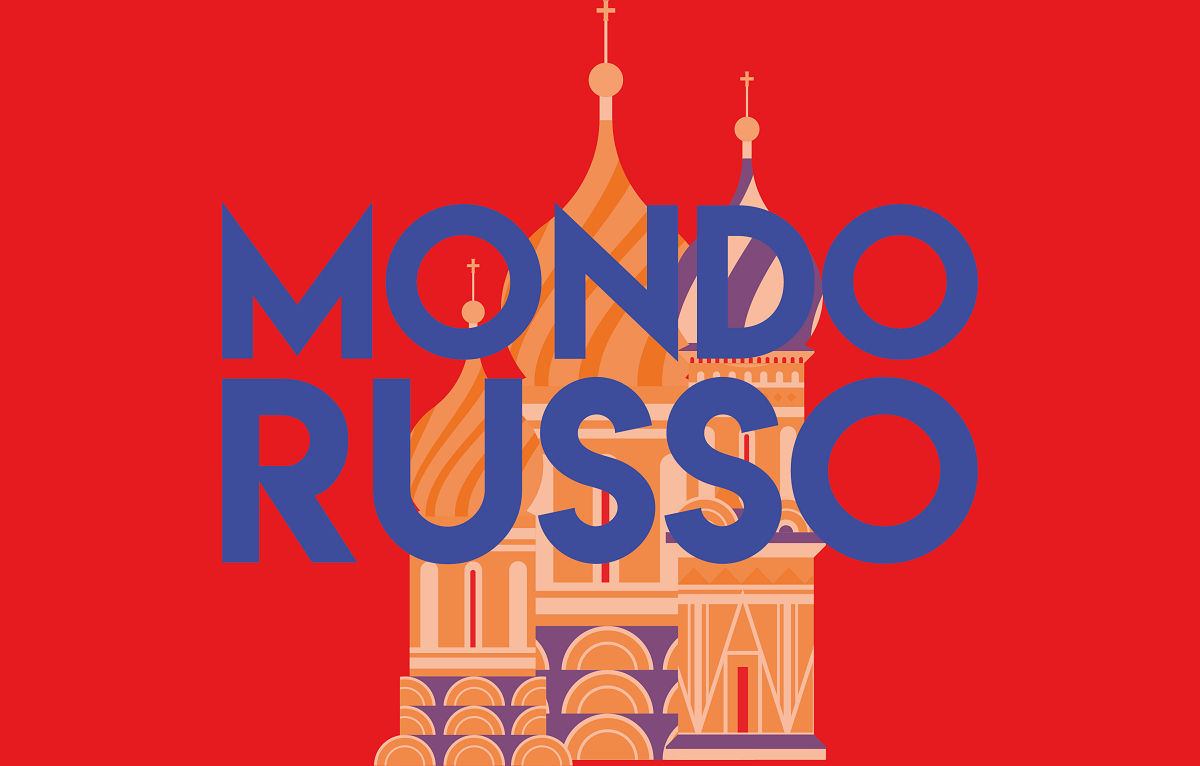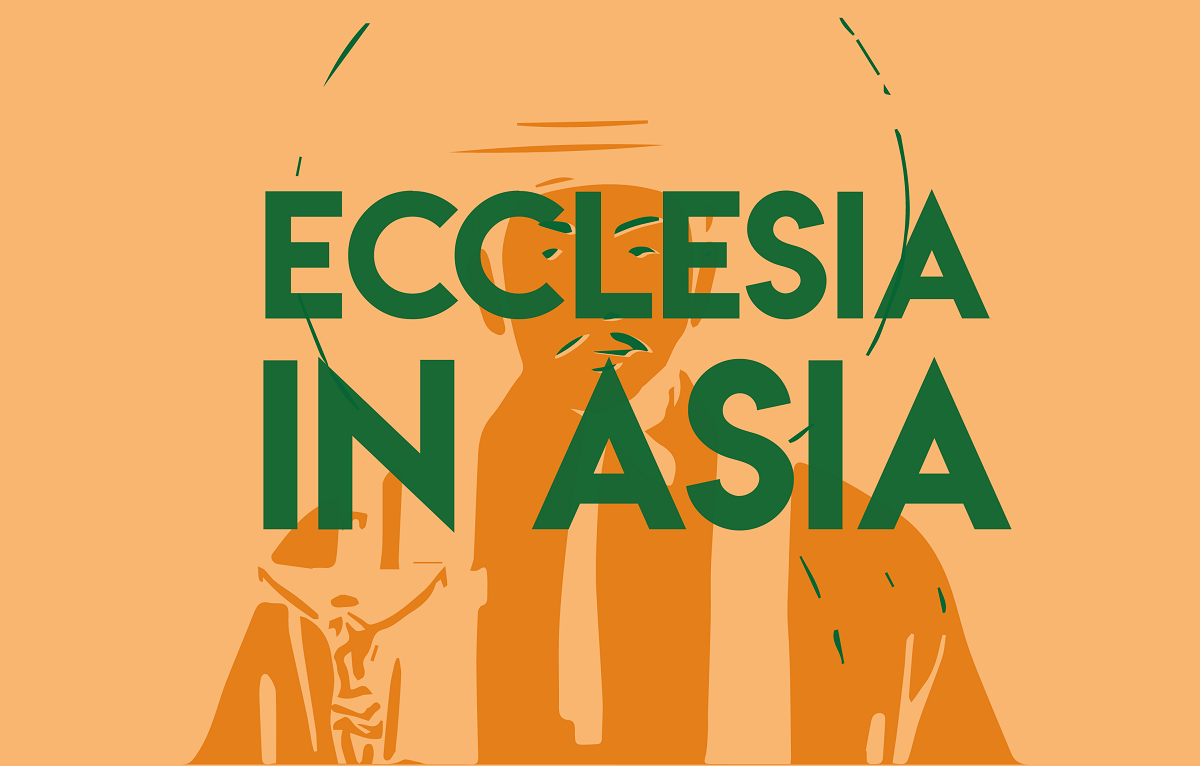Fr Romanelli: Gaza is a ‘cage’ where bombs kill people (and hope). A ceasefire is needed
Speaking to AsiaNews, the parish priest describes the tragic reality of a population that is getting more desperate by the day. The war continues in the shadow of Israel-Iran confrontation, with a glimmer of hope for fresh ceasefire negotiations. Netanyahu is set to visit the White House next week. Palestinians in Gaza show photos of Israeli children killed by Hamas on 7 October.
Milan (AsiaNews) – “Gaza has become a cage, not just an open-air prison, where people are increasingly desperate. This is the tragic reality, which is why today it is even more important to sow, in a realistic way, a little hope so that it may end. Pray and work for peace,” said Fr Gabriel Romanelli, the parish priest of Gaza’s Holy Family Latin Church, who was reached by telephone in one of the (rare) moments in which communications with the Palestinian territory were working again after the recent blockades imposed by Israel.
“The situation is becoming harder by the day, because the longer the war goes on, the worse living conditions get every day,” he explained. Bombs, rockets and operations by the Israeli military continued, even during the ‘12-day war’ between Israel and Iran. Indeed, the violence was worse, if that can be believed, even if it was overshadowed by the war between the Jewish state and the Islamic Republic that dominated international news.
Meanwhile, diplomatic work to reach an (albeit fragile) ceasefire has resumed.
Tired and desperate
“Despite everything, we try to be relatively well, but people are very, very tired. Many of the 500 refugees that we host in the parish are depressed, because they see no end in sight, despite a few words and many announcements,” Fr Romanelli said.
In this regard, the news has just come in that Prime Minister Benjamin Netanyahu will travel to the United States next week to meet with American President Donald Trump. Hope is pinned on Trump to secure a ceasefire in Gaza like with Iran, when many feared a devastating escalation that could have turned the war between the two historic enemies into a regional, if not global conflict.
The prospects for a ceasefire have been gaining ground lately, but each announcement has to be evaluated with caution and circumspection, to avoid raising false hope.
“They say they would like to, that they should, that perhaps this week” could change something, Fr Romanelli said, “but at the same time one still hears the sound of bombs, while shrapnel rains down, the earth is literally shaking, and the violence appears to be never-ending.”
The parish has tried to carry on with its daily activities, despite the increasingly critical situation.
“We have finished the school year,” noted the Argentinian-born priest of the Incarnate Word, “and started summer activities for refugees, children, young people and families. However, we had to suspend them, even inside the compound, because at times the risk is too high.”
“A lot of shrapnel is falling,” he added. “Even the refugees we welcome in the centre feel the danger. They take refuge in the church to pray, or stay in their rooms, even though shrapnel sometimes enters through the windows or we are hit by bullets.”
“The heat,” he says, “is very intense; we are close to 40 degrees with high humidity. Sometimes we manage to recharge the solar-powered batteries and we use the fan a little, but for very short periods of time and the relief is minimal.”
Regarding supplies, “we have food,” the parish priest noted, “because we put some aside during the last ceasefire, expecting things to get worse. It’s enough for the refugees and some nearby families, we manage to cook twice a week, we make do as best we can but we are forced to ration everything and it’s impossible to say how much the supplies will last. We can no longer help tens of thousands of families like before, thanks to the Latin Patriarchate.”
Gaza and the Israel-Iran war
The war in Gaza continues, despite being overshadowed by regional or international events that have filled the pages of newspapers.
“Even during the 12-day war between Israel and Iran, the conflict here continued, even more intense, if that is possible to imagine, with dozens and dozens of victims every day. Nothing has changed and people are increasingly depressed, many fear even greater revenge” resulting from the Iranian rockets landing on Israeli territory.
“Bombardments went on with more deaths, more wounded, more destruction in a tragedy that continues, while there is no sign of humanitarian aid, a ceasefire, the opening of the borders,” said the priest.
In this Jubilee year, there is no shortage of those who look to the future “with some, minimalist hope. However, a ceasefire has been mentioned many times. The US president managed to end the war with Iran, and some think that he can also put an end to our conflict that has been going on for 634 days.”
Nonetheless, until “we see the fruits” of talks, initiatives, “we won’t delude ourselves too much, because afterwards the pain is even greater and deprives us even more of the little strength that we have left. Disillusionment is common currency here in Gaza.”
“Every person with common sense asks for peace, for all this to end,” noted Fr Romanelli. “The ceasefire is an absolutely necessary first step for Israeli and Palestinian societies, because wars hurt everyone, all sides; everywhere there are wounded families, wounded and exhausted societies.”
In an increasingly tragic picture, there is no shortage of initiatives by those who want to show both sides of the tragedy in Gaza, where people continue to die. Suffering knows no borders nor barriers, above all when it ends up affecting children.
This is why the activists of Standing Together are pushing again an initiative by some Gazans, talking again about of a possible ceasefire, with the release of the last hostage still held by Hamas.
Palestinians, including parents grieving for the loss of their children, are promoting “silent protests” by displaying signs and images with pictures of Israeli children killed on 7 October 2023, the day of the Hamas attack.
The protests, which aim to underline how the tragedy of war affects (and should unite) both the Israeli and Palestinian peoples, are reminiscent of similar ones organised by activists in the Jewish state “against the war of extermination in Gaza”.
In the past, Standing Together members marched with pictures of Palestinian children killed in almost two years of conflict, even overcoming the opposition of the police that had initially banned the march.
Such initiatives – linking the children killed in Gaza by the Israeli army with those massacred in the Hamas attack on 7 October – are an integral part of the work of the Arab-Israeli NGO, a grassroots movement that unites Israeli Palestinians and Jews in the fight against the military occupation of the Palestinian territories and racial discrimination.
Created in 2015, the movement now has thousands of members and has been able to take strong positions, even going against a significant portion of the Israeli population, in the climate of permanent war, organising marches and protests across Israel to ask for peace.
Starting from the idea that Israeli society is now in a state of deep crisis, the NGO co-chaired by Alon Lee Green and Rula Daood, wants to represent and give voice to those who do not feel represented or who want to continue pursuing the ideals of peace and coexistence.
GATEWAY TO THE EAST IS THE ASIANEWS NEWSLETTER DEDICATED TO THE MIDDLE EAST. WOULD YOU LIKE TO RECEIVE IT EVERY TUESDAY? TO SUBSCRIBE, CLICK HERE.





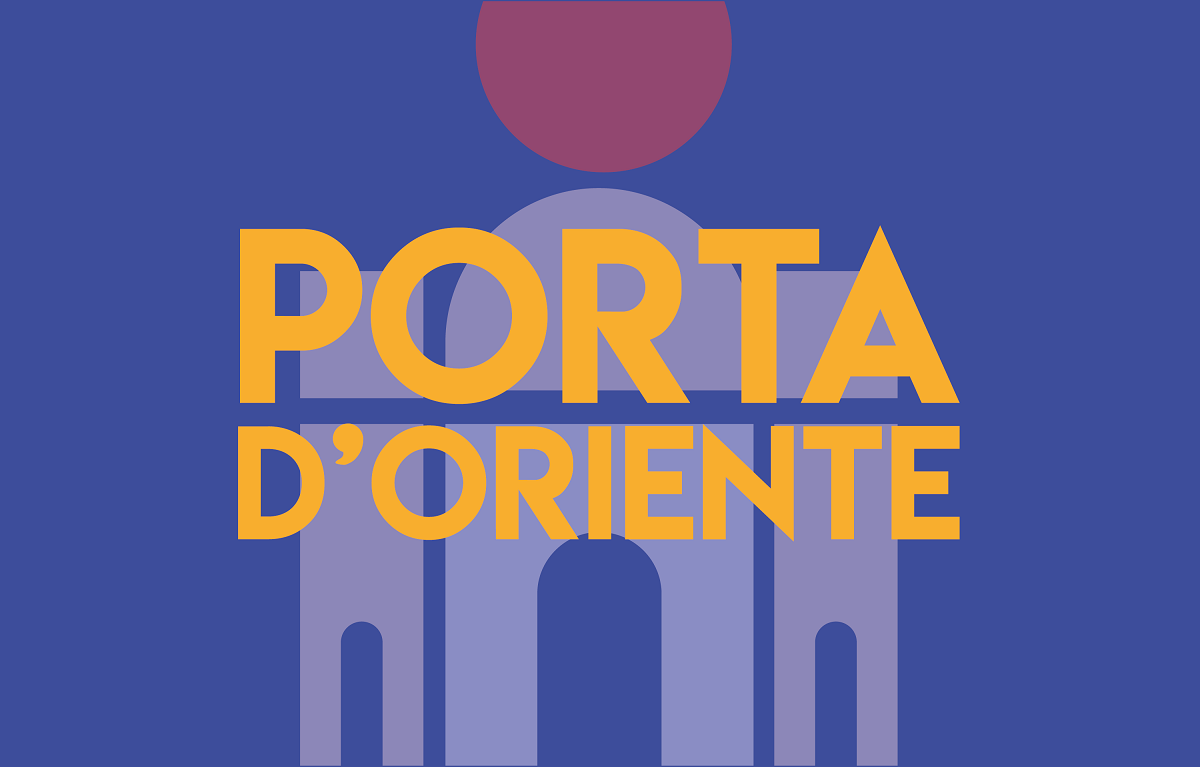

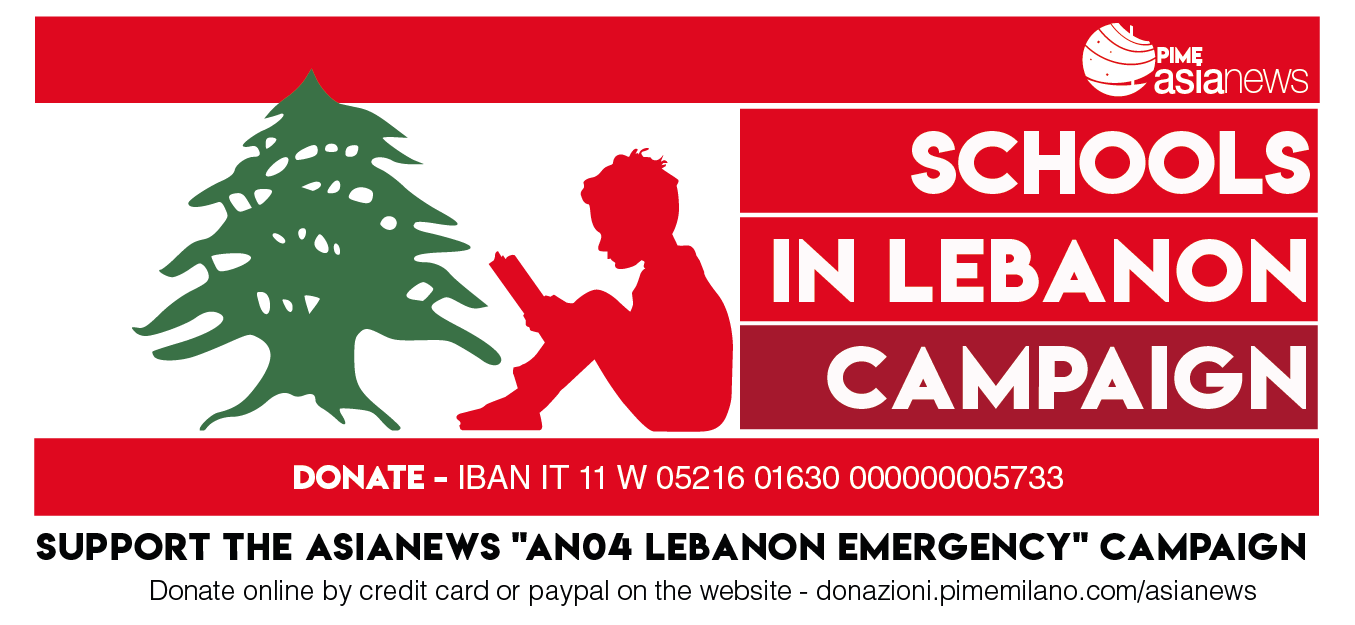
.png)
